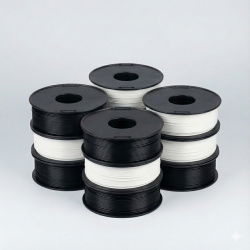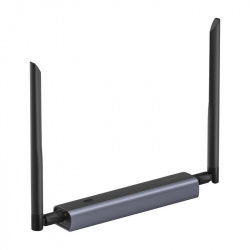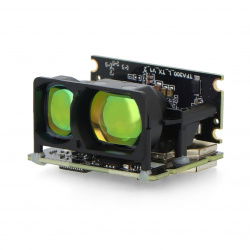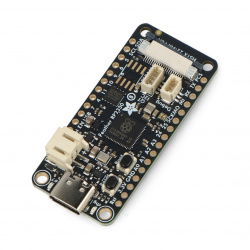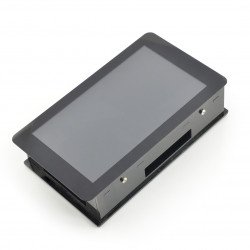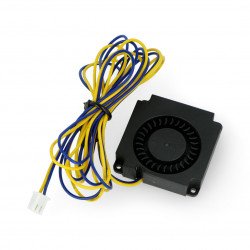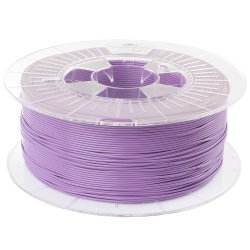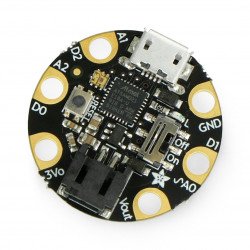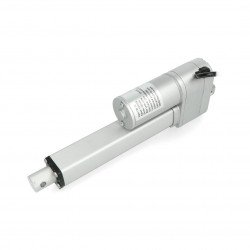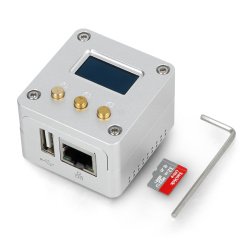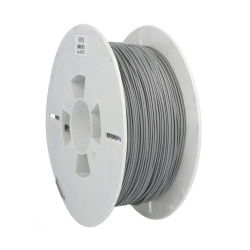|
CATEGORY DISCONTINUED. CHECK THE PRODUCTS WHICH ARE AVAILABLE IN THE OFFER. |
Conductive paint is used for hand-made tracks, circuits and buttons, as well as joining electronic components and repairing printed circuit boards. The base for creating such substance is usually polyurethane, epoxy, acrylic or water-based paint, which is filled with conductive particles - nickel, silver or graphite and active carbon. Conductive paint is durable (even several years) and can be applied to a variety of materials - including paper, wood, plastic, glass, textiles and other plastics.































































































































































































































































































































